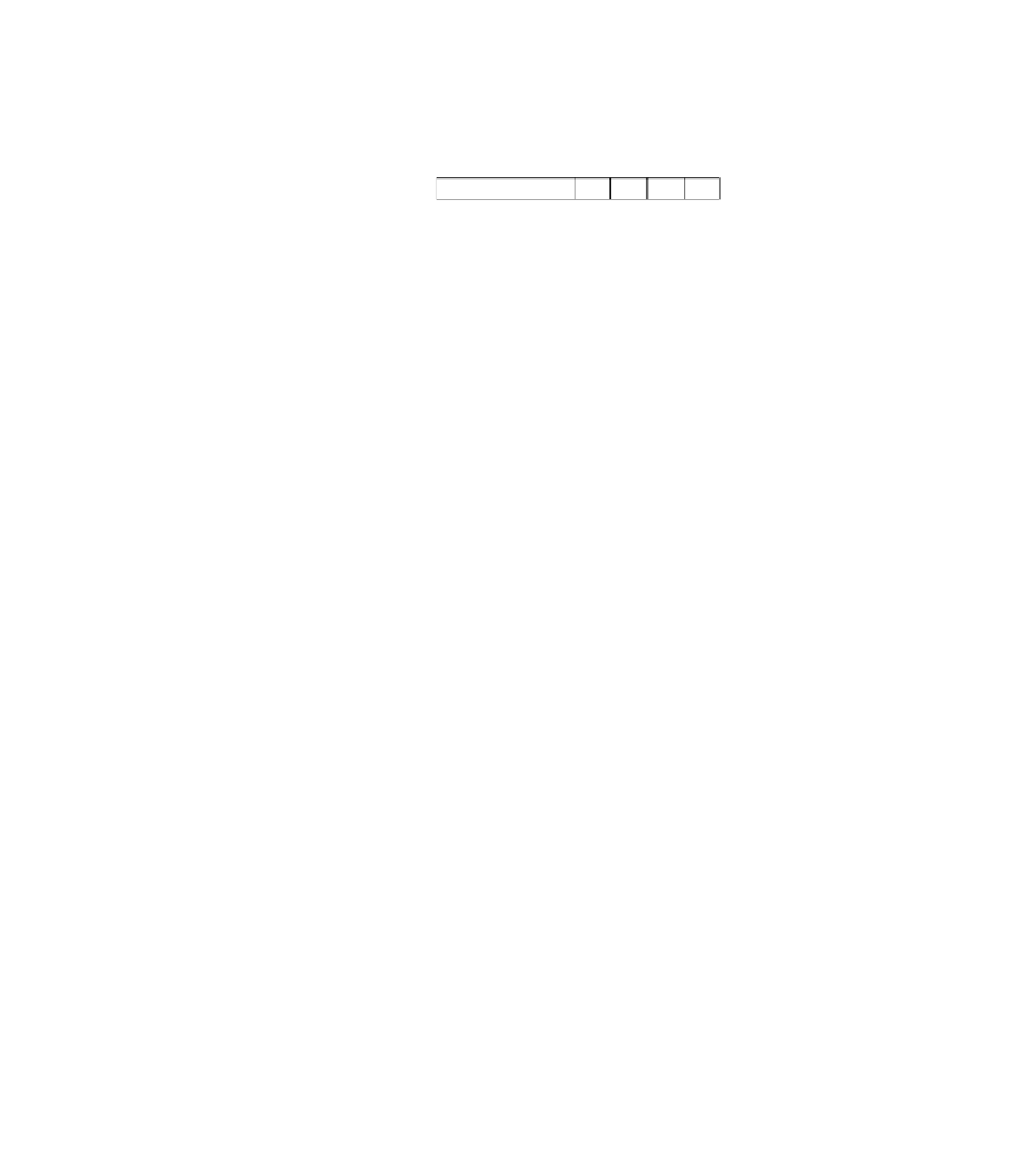Information Technology Reference
In-Depth Information
•
Type of Service (ToS)
—This field is 8 bits long and indicates quality of service (QoS)
parameters. This field has the format shown in Figure 6-3.
Type of Service Field
Figure 6-3
Bit number:
Description:
01234567
Precedence
D T R 0 0
The first three (left-most) bits are the precedence bits. These define values that
QoS methods use. Bit 3 (D-bit) indicates normal (0) or low (1) delay. Bit 4
(T-bit) indicates normal (0) or high (1) throughput. Bit 5 (R-bit) indicates normal
(0) or high (1) reliability. Bits 6 and 7 are reserved for future use.
The RFC describes the precedence bits as follows:
—
111 — Network control
—
110 — Internetwork control
—
101 — Critic
—
100 — Flash override
—
011 — Flash
—
010 — Immediate
—
001 — Priority
—
000 — Routine
All normal traffic is set with 000 in the precedence bits.
•
Total Length
—This field is 16 bits long and represents the length of the datagram or
packet in bytes, including the header and data. The maximum length of an IP packet can
be 2
16
- 1 = 65535 bytes.
•
Identification
—This field is 16 bits long and identifies fragments for reassembly.
•
Flags
—This field is 3 bits long and indicates if the packet can be fragmented and shows
more or last fragments. Bit 0 is reserved and set to 0. Bit 1 indicates May Fragment (0) or
Do Not Fragment (1). Bit 2 indicates Last Fragment (0) or More Fragments (1) to follow.
•
Time to Live
—This field is 8 bits long and indicates the maximum time the packet is to
remain on the network. If this field is zero, the packet must be discarded. This scheme
permits undeliverable packets to be discarded.













Search WWH ::

Custom Search